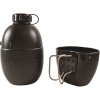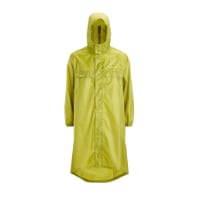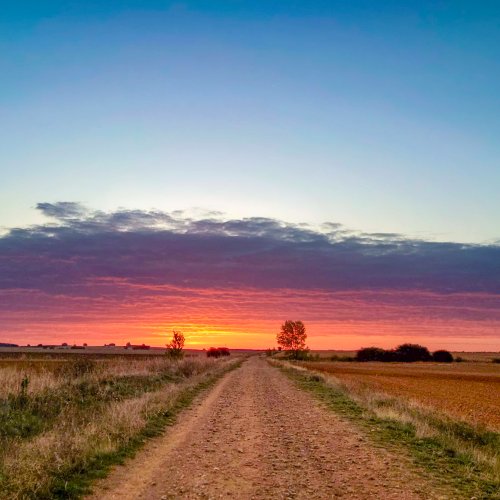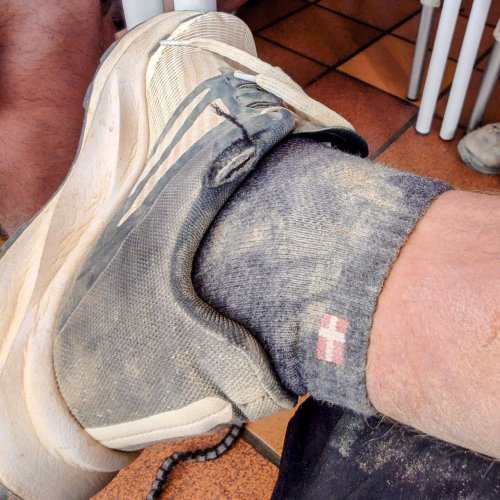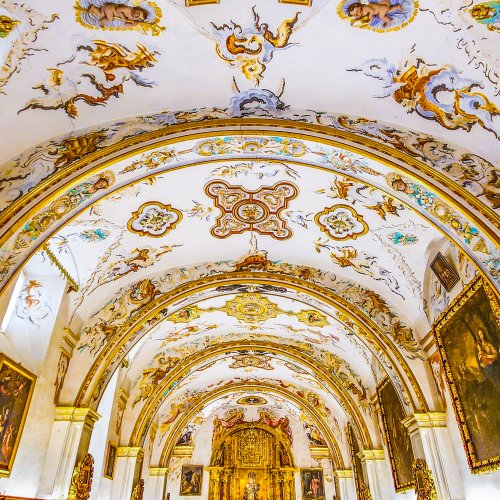Hi just a few weeks to go now, and my bag is more or less packed.
I've decided not to take a water bladder, but to use bottles instead.
So my question is, bearing in mind that a litre of water is a kilogram in weight plus its container. How much water do you experienced pilgrims carry and in what sized bottles?
Also do you include the weight of your water in your pack weight. Obviously it's reducing periodically as you walk?
Thank you, and Buen Camino.
This is a very hard question and as you can see from the replies, depends on many factors, such as:
- How far you'll walk each day, and the availaibility of water top ups.
- The weather.
- If you intentionally hydrate before walkling (i.e. drink alot before you start)
- Your health / fitness, and probably how much you sweat?
- And lots of other stuff I'm sure.
From my own experience, my joints and tendons suffer as I start to even mildly de hydrate.
Others seem to go quite well carrying a small bottle of water.
I'd suggest you do a bit of trial and error.
Hydrate well before starting.
Be aware of where the water top up points are liklely to be (though be prepared for them to be dry/closed)
And take what water you think you'll need, plus a bit.
As you get used to your comfortable water intake, you can adjust your needs as you go.
Do make sure to check your hydration levels though. (Colour of your Pee. just google it)
How much would I carry on the Frances?
Depends on the stage, water points etc.
But at least 1 litre usually. Probably more.
By comparison, on the VdlP I usually carried 2 litres and sometimes more.
(As usually there was no water top ups all day........)
So take all the advice and experiences of others.......
But once there, be prepared to be flexible and adjust your approach as required.
Water Bladders?
LOL. Always causes a debate.
I've used them, but no longer do.
One simple reason. I can't monitor my water intake and the amount remaining.
I carry two (clear) water bottles mounted on the front of my pack straps and this allows me to manage water really effectively. I consume 1 litre per 10 kms. And 'monitoring' is as much about drinking enough, as it is about knowing how much is left.
I know, it just looks weird! 2 x 1 litre bottles. + drinking tube to sip as I walk.
I'll have to start paying commissions to my Camino Amiga (forum member) who took this photo!










